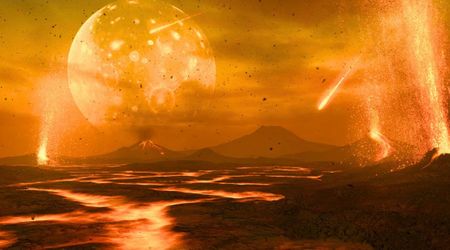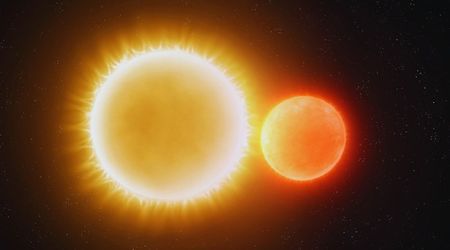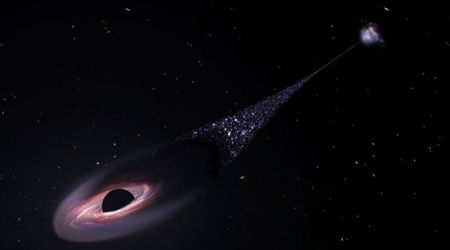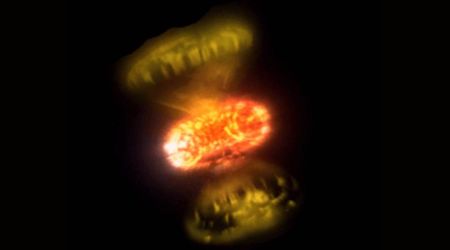New findings suggest solar storms are taking a toll on Starlink, and SpaceX is racing to keep up

In February 2022, SpaceX launched 49 Starlink satellites, but almost all of them fell back to Earth within days, scattering across the Caribbean. Initially, SpaceX attributed these losses to a minor geomagnetic storm. However, new research suggests that a more intricate and fundamental solar event might have been the actual cause, as reported by IFL Science.

The satellite failed because the Earth's atmosphere was unexpectedly dense. While generally very thin, the atmosphere expands when heated by energy from a geomagnetic storm, which itself is caused by solar activity. This expansion increases the density of the upper atmosphere, creating enough drag to slow satellites and cause them to re-enter and burn up. When satellites lose speed, they descend to lower altitudes. This lower altitude exposes them to increased atmospheric drag, causing them to fall even further until they lack the velocity to remain in orbit and burn up upon re-entry into the atmosphere. Some research suggests that a series of magnetic effects from geomagnetic storms, even those occurring after most of the satellites had already been destroyed, might have contributed to their demise.

The Sun undergoes an approximately 11-year cycle of activity, moving from a minimum to a maximum of activity, known as the solar maximum. We have recently passed the solar maximum for solar cycle 25. Beyond this, the Sun also has a 22-year magnetic activity cycle, called the Hale Cycle, which is essentially two solar cycles long because the Sun's magnetic field flips polarity every 11 years. Two key aspects of the Hale cycle are the formation of magnetic donuts around 55 degrees of latitude in both solar hemispheres. These donuts gradually and steadily migrate towards the equator, eventually neutralizing each other in an event dubbed the "terminator."

Dr Scott McIntosh, deputy director of the National Center for Atmospheric Research, told IFL Science that a "terminator" event is essentially "the final death throes of those canceling magnetic donuts.” McIntosh and his team studied these terminator events to refine their predictions for solar cycle 25. Their forecast diverged from the official prediction, which had anticipated a weak solar maximum peaking in 2024. Instead, McIntosh's team expected a much more active cycle, with an early peak and over 210 sunspots at its maximum. This prediction proved accurate, as the cycle indeed peaked in October 2024 with 216 sunspots.
The terminator event, which occurred in December 2021, is posited to have caused solar flux levels that deviated from predictions. Scott Shambaugh of Capela Space, in a separate paper on satellite drag, points out that the terminator model offered a more accurate forecast for this solar flux. While geomagnetic storms can still induce temporary increases in atmospheric density, they don't fully account for the observed effects. Despite being the most extensively studied star, there's still a great deal unknown about the Sun's mechanisms, though scientists are actively working to understand them.









